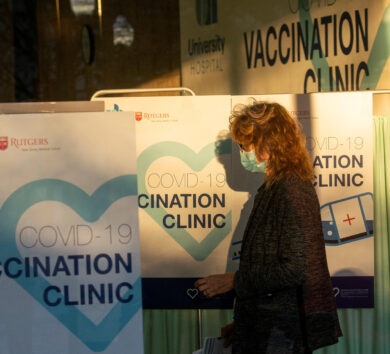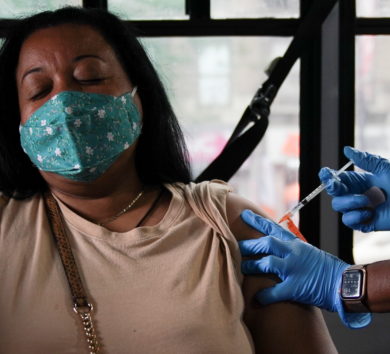

SAO PAULO (Reuters)
COVID-19 cases in the Americas increased 10.4 per cent last week from the previous one, but countries must also pay attention to a rise in other respiratory viruses in the region, the Pan American Health Organization (PAHO) said on Wednesday (June 1).
The Americas saw 1,087,390 new COVID cases and 4,155 deaths last week.
Cases in South America rose 43.1 per cent, the biggest jump in the region, while the highest increase in COVID-related deaths was in Central America at 21.3 per cent, PAHO said in a news conference, adding that cases in the region have been growing for the past six weeks.
Other respiratory viruses, such as influenza, Monkeypox and viral hepatitis, are also surging, and nations need to pay close attention to these diseases too, PAHO Director Dr Carissa Etienne said.

“The flu virus is circulating again and not just during traditional flu season,” she said. “Countries should expand surveillance to monitor other respiratory viruses, not just COVID.”
Mexico and Peru have seen higher numbers of influenza cases than expected, and Argentina, Chile and Uruguay have reported more hospitalizations than usual due to the virus.
PAHO warned that many places could face the double threat of an influenza surge alongside a rise in COVID-19 cases, “which will put healthcare workers, the elderly and pregnant women at additional risk.”
The rise of extreme weather events, like hurricanes, heavy rains and floods in many parts of the Americas is another pressure for health services in the region, Etienne said.

The U.S. National Oceanic and Atmospheric Administration and the Central America Integration System expect to see more storms than average this year, PAHO said, especially in the Atlantic, the Gulf of Mexico and the Caribbean.
“This is concerning as it only takes one massive storm to destroy people’s livelihoods, cripple our health systems and lead to countless lives lost,” Etienne said.
“We must prepare early so we aren’t caught off guard.”







Comments